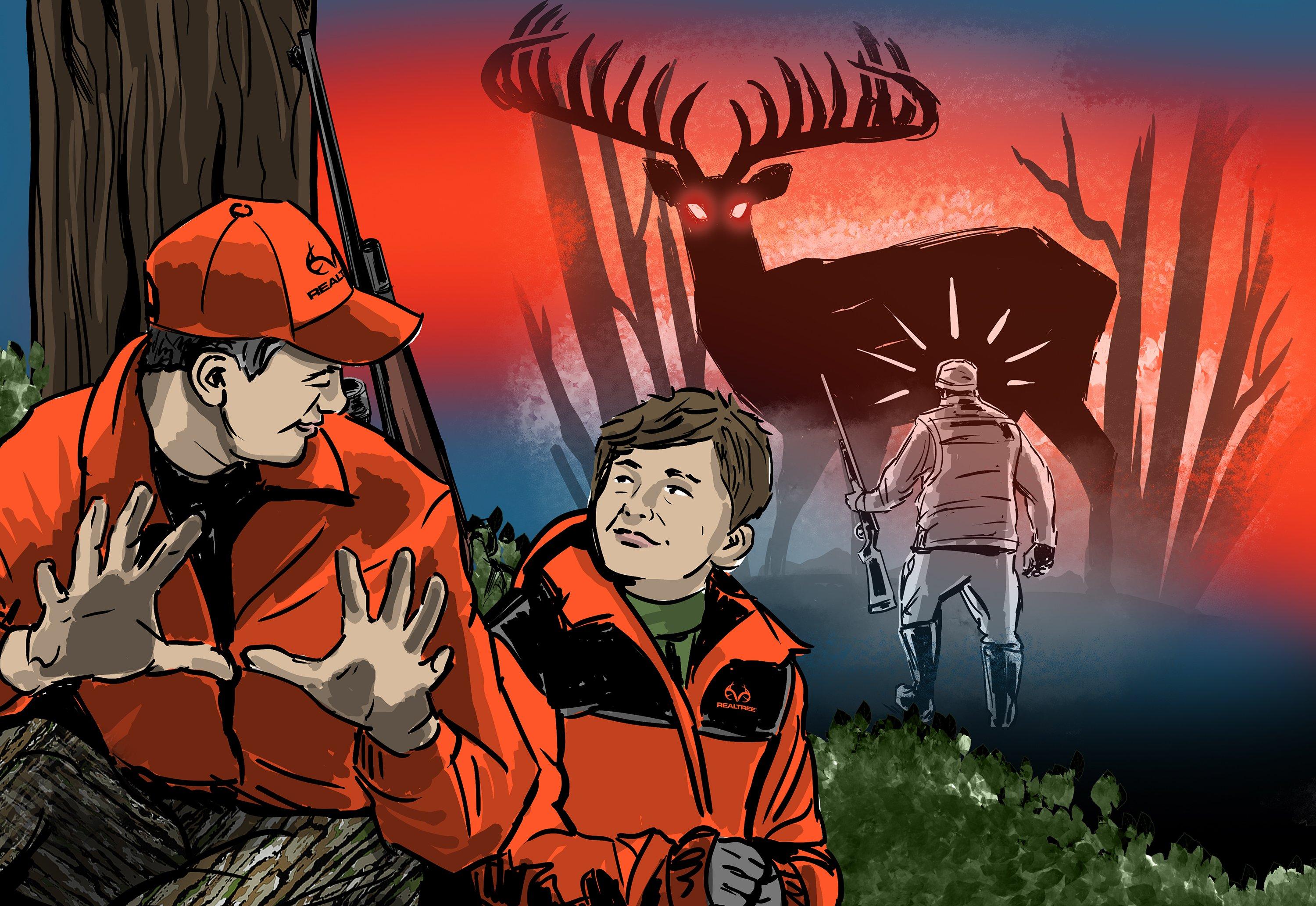Once taken as fact, these whitetail myths are now standing between you and deer hunting truth
I'm not saying your granddaddy isn't a good deer hunter. Chances are he's killed more bucks with his open-sighted, lever-action .30-30 than all the local youngins hollerin' Smoked him, Pole-axed that joker, or my personal (least) favorite, Just gave that ol' slob a dirt nap combined. And he'll shame a 6.5 Creedmoor carrier quicker than a crummy reality show.
But that doesn't mean everything he told you about deer hunting was true. Fact is, past generations of deer hunters are at least partially responsible for a number of crazy myths that many of today's deer hunters still believe. It's high-time we set that stuff straight. No offense to Granddaddy.
Editor's Note: This gallery was originally published in October of 2017.
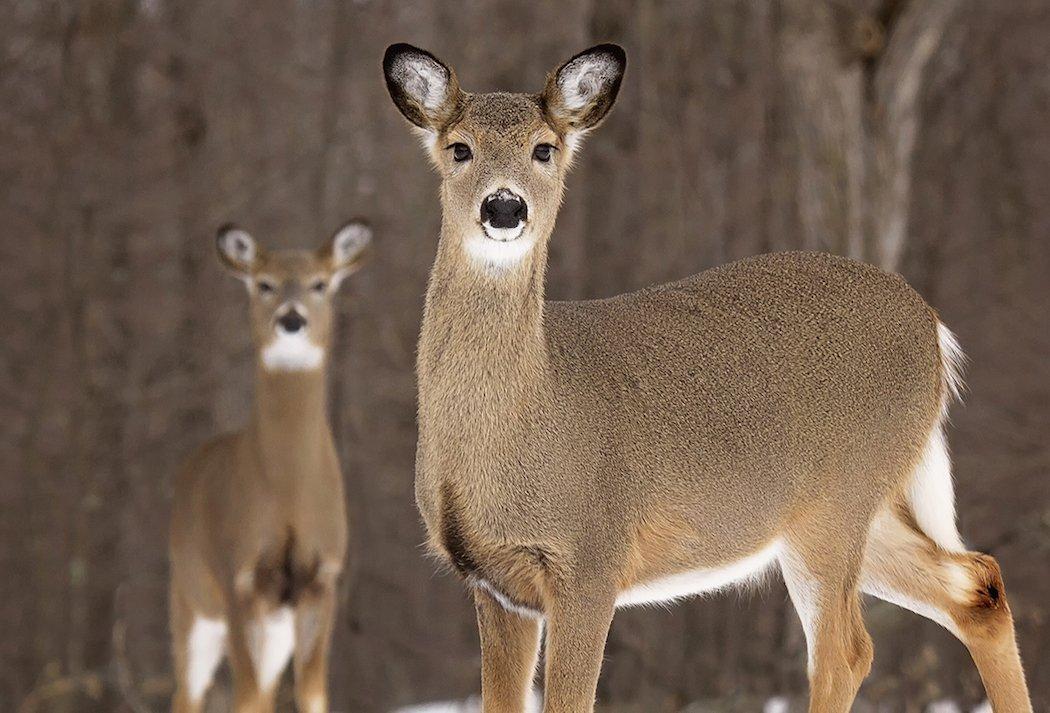
It's a common belief the oldest doe in the herd is also always the biggest one. Not true. Does generally reach their peak body size/weight around the age of four or five. Older does, especially those that make it past the age of seven or eight, typically weigh less than middle-aged does.
On the flip side, it's important to understand what you're looking at with each given encounter. If a doe and two fawns step out, sure, the biggest one is the oldest doe. However, if six or seven antlerless deer walk into view, don't automatically assume the biggest is the oldest. Sometimes really old does can resemble yearling and 2-year-old does. Pay close attention to other body characteristics and weight / fat distribution to see the entire picture.
Image by Shutterstock/Critterbiz
Don't Miss: Boom or Bust: Gun Hunters Have it Figured Out
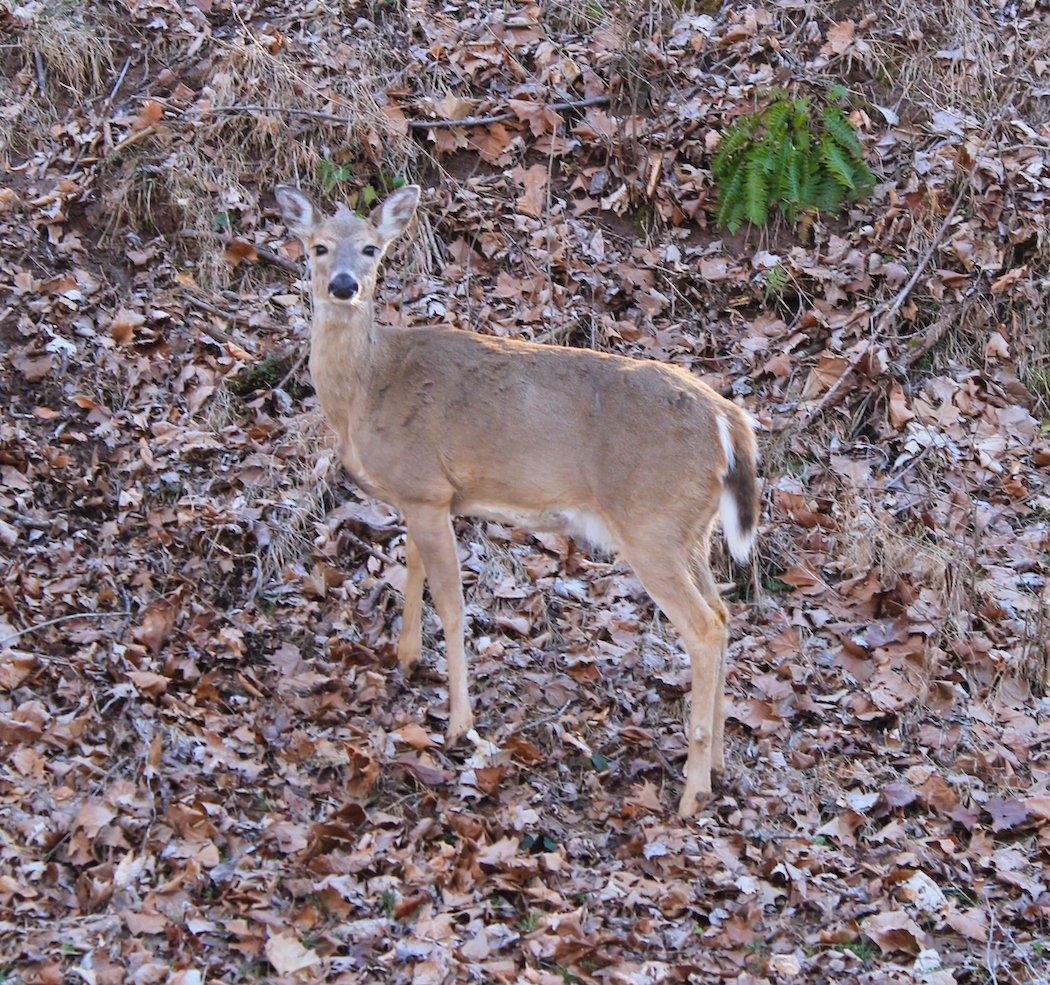
Many people believe doe fawns become sexually mature once they reach a certain age. That's false. They become sexually mature once they reach a certain weight. Different doe fawns reach that weight threshold at different ages. Factors that influence when this threshold is reached include time of birth, its mother's effectiveness as a provider / protector, weather, available food sources, and genetics.
To further illustrate this, approximately 50 percent of doe fawns in the Midwest breed during their first fall, while a much lower percentage do so in the Southeast. Better food and habitat allows most fawns in the Midwest to reach that weight much sooner than their southeastern cousins.
Some doe fawns will conceive. Some won't conceive until they're 1¬Ω years old the following fall. Others breed somewhere in-between. But it's different for every doe and weight is the deciding factor.
Image by Josh Honeycutt
(Don't Miss: 18 Secrets From Deer Scientists)
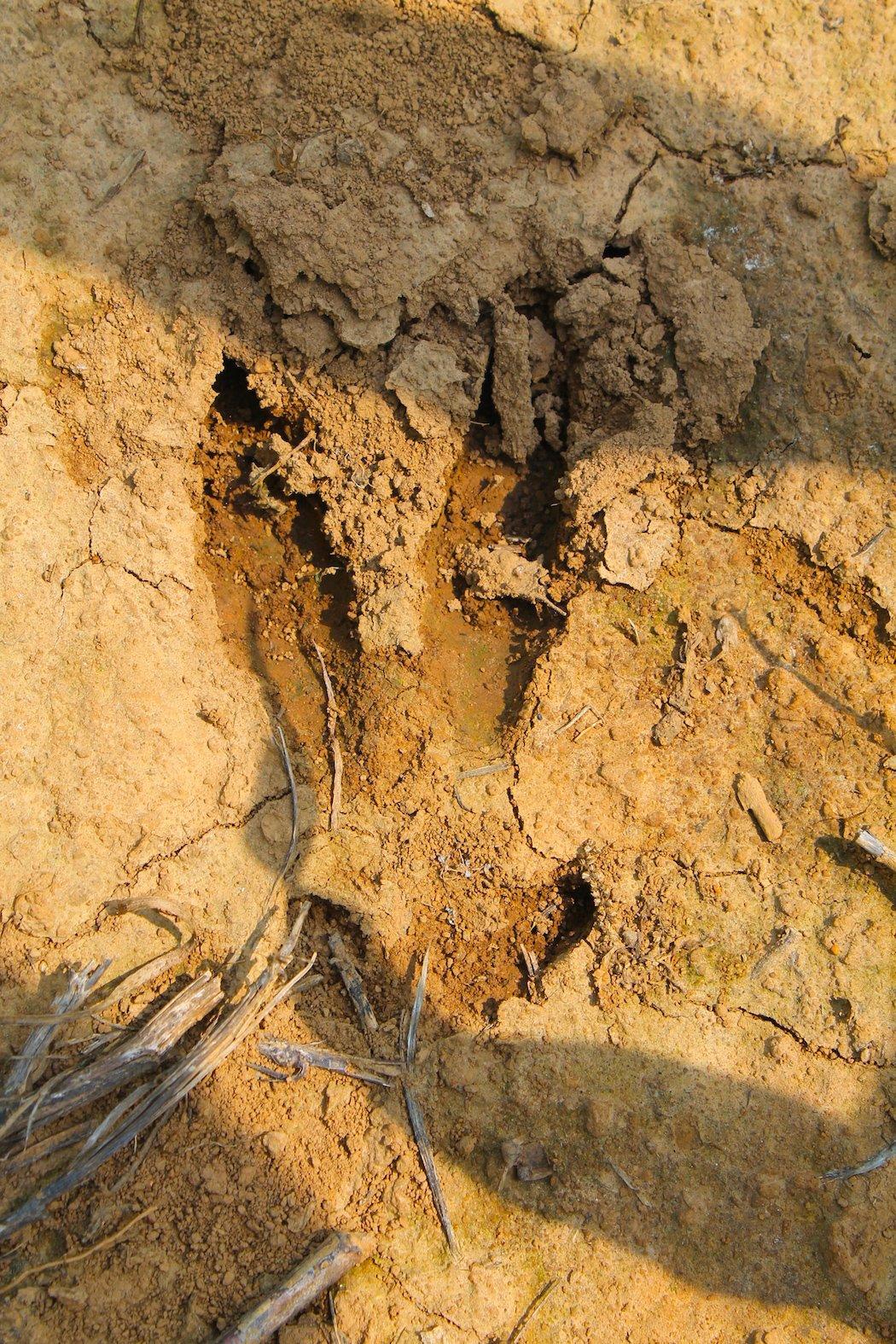
Some people think they can determine the sex of the animal based on a single track. That's lunacy. The only way to know what made a given track is to see the animal make it. There are too many variables to accurately gauge whether it's a buck or doe based on one track alone. That said, you can get somewhat of an idea with some additional intel. If you have multiple tracks to analyze, it is sometimes possible to guess the sex of a deer.
Bucks are wider in the front and narrower in the back. For bucks, front tracks will be noticeably farther apart than rear tracks. It's opposite with does. They are narrower in the front and wider in the rear. Carefully analyzing a set of tracks could lead you to better understand the deer that made it. But you need more than one track to do it.
Photo by Josh Honeycutt
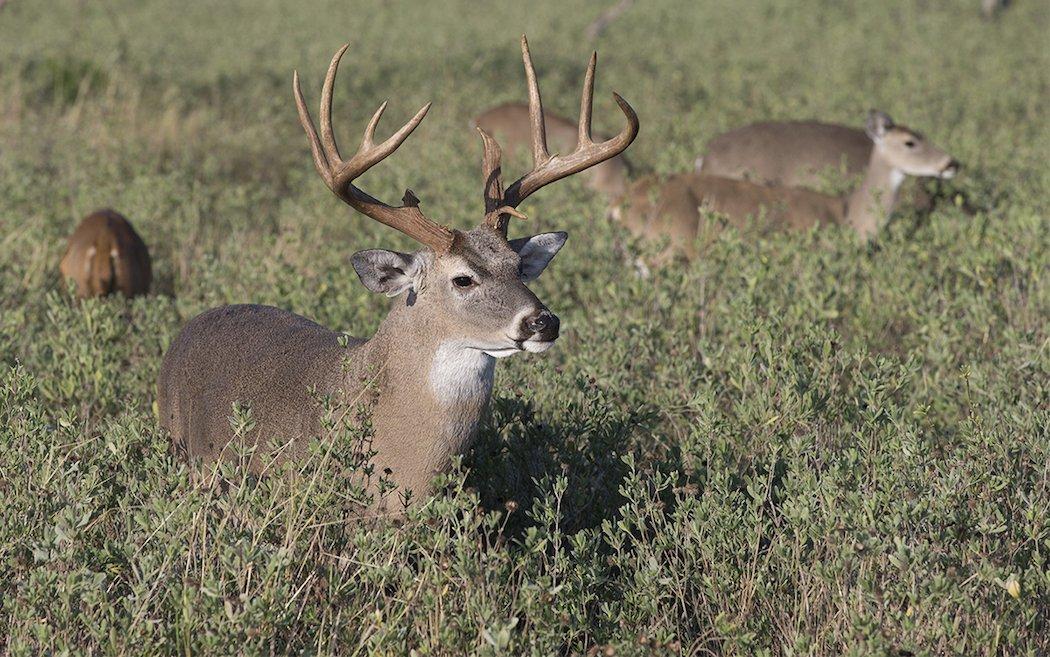
We've all heard that fellow who thinks his buck-to-doe ratio is 1:10. But it's virtually impossible to observe a ratio higher than 1:5, and three does per buck is even more realistic in a bad situation. Don't be fooled by those who try to say otherwise. The data proves them wrong.
How? Kip Adams, a whitetail biologist with the National Deer Association, explains the case.
Observed ratios are generally skewed toward does because during hunting season antlerless deer (does and fawns) are often more viewable than bucks, and many hunters inadvertently consider fawns as adult does. Adams said. Also, in areas of high buck harvest, the actual and observed sex ratios truly can dramatically favor does during and following the hunting season. However, this likely was not the case prior to the season.
Still don't believe it? There's more.
I often hear hunters, outdoor writers, and even biologists refer to 10:1 or 15:1 doe-to-buck ratios, Adams continued. These cannot be pre-hunt adult ratios because as long as the deer herd is reproducing and recruiting fawns, the ratio cannot become more skewed than about five does per buck. The biological maximum is roughly 5:1 because even in the absence of doe harvest, a certain percentage of adult does in the population will die each year from old age, vehicle collisions, disease, predators, etc. Also, about 50 percent of fawns born each year are bucks, thus the sex ratio gets an annual correction when fawns are recruited.
In other words, don't blame your lack of buck sightings on a bad ratio. You either just haven't found them yet, haven't tried hard enough, or aren't making smart hunting decisions.
Image by Dennis W. Donohue / Shutterstock
(Killer Buy Alert: Realtree Road Trips Deer Short Sleeve Shirt, Limited Edition)
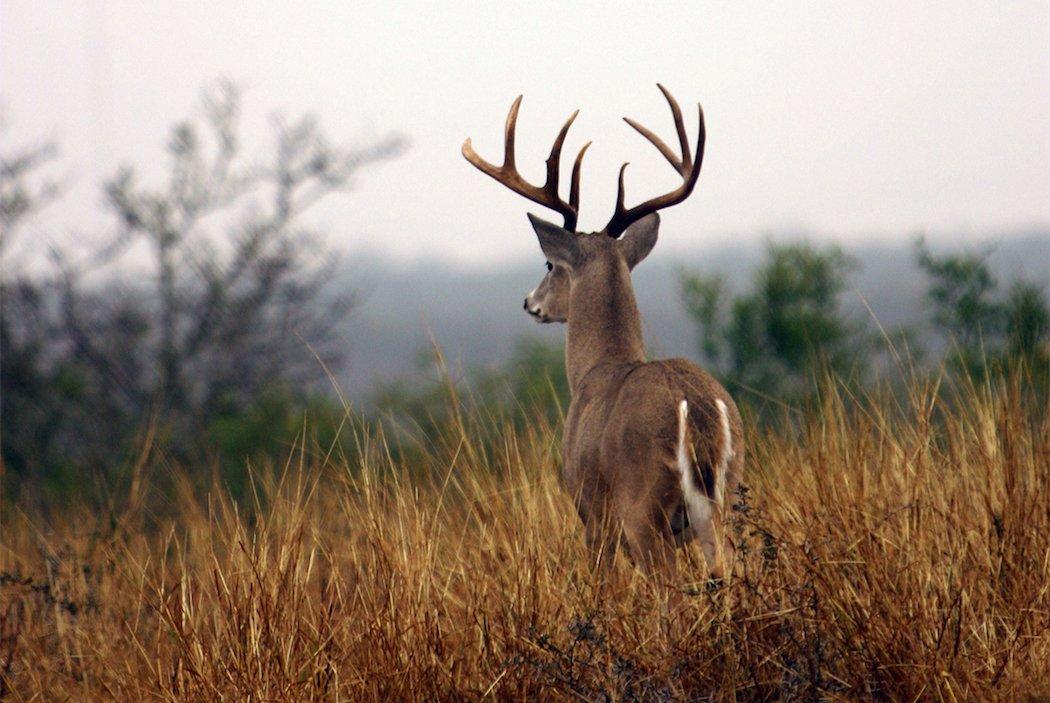
A lot of hunters think home ranges grow as bucks age. The research actually shows the opposite. Older bucks generally have a home range of one square mile or smaller. Yearling and 2-year-old bucks tend to have the largest home ranges.
Why is this the case? Basic needs. More dominant bucks generally inhabit the best habitat and terrain. They choose the areas where they can find food, water, and cover within close proximity of one another. Traveling far and wide is frowned upon by most older members of the deer herd.
Image by John Hafner
Don't Miss: Big Public Bucks in Nasty Places
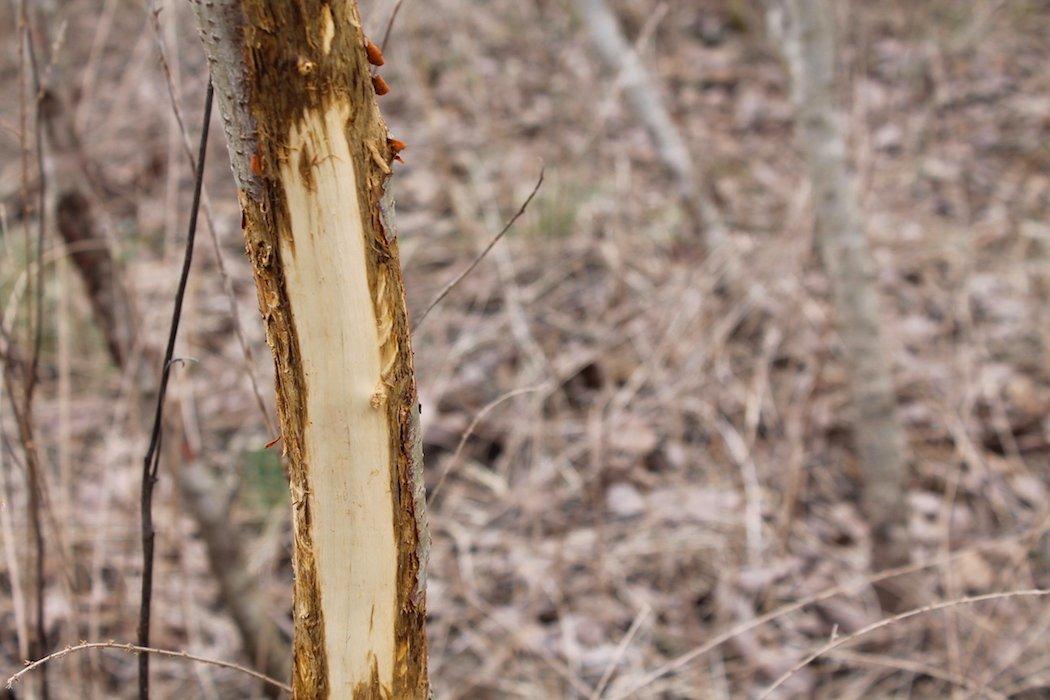
It's crazy to believe you can estimate a buck's age and size by its rub. And the old saying that small rubs are always made by small bucks is simply not true. Small bucks do typically make smaller rubs. But bigger bucks will hit trees of all sizes, large and small. And none of them follow strict rules.
I've personally watched little bucks rub trees the size of my calf. I've witnessed mature bucks rub trees the size of my thumb.
There are things you can look for in a rub that will hint at the size of the buck, though. Pay more attention to the height of the rub than the circumference of it. Older bucks are taller and rub higher up on trees than younger deer. Also look at other trees and limbs adjacent to the rub. Bucks with significant spreads will brush against nearby trees, saplings and limbs while making the primary rub. And yes, the size of the trunk can, in some instances, provide a feel for the size of the deer.
Image by Josh Honeycutt
(Don't Miss: 10 More Deer Hunting Myths Debunked)
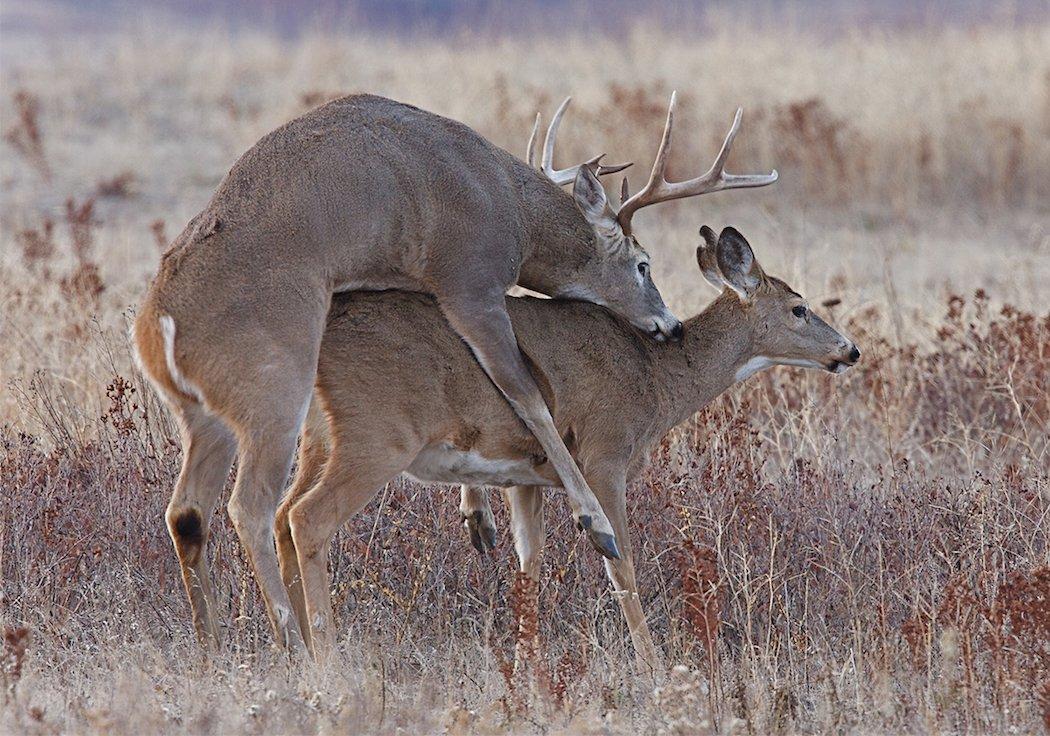
Many hunters think that the biggest buck in the area breeds all the does. But the science says that isn't so. As revealed by Kip Adams in a recent NDA reportdominant bucks don't do all the breeding.
Biologists used to think large mature bucks dominated the breeding in deer herds similar to the way bull elk do, Adams said. The idea was the largest individuals successfully defended all receptive does (does that are in estrous and ready to breed) from other would-be suitors. This idea seemed plausible, and it wasn't until the advent of genetic testing that paternity assessments could be done. Research during the past few years has revealed a much different picture of what actually happens in the whitetail's breeding world.
White-tailed bucks will spend a day to a day and a half with an estrous doe. And oftentimes multiple does in a given area enter estrous around the same time. Furthermore, dominant bucks don't always find estrous does in time. Because of these reasons and more, younger bucks comprise a significant percentage of the breeding.
Adams also stated that recent research ‚ conducted by Dr. Randy DeYoung ‚ shows that in areas with good age structures, bucks 3¬Ω years old and older sired between 70 and 85 percent of the fawns. That means 25 to 30 percent of fawns were sired by young bucks in areas with plenty of mature bucks. Imagine how that number would increase where older bucks are less common.
Image by Tom Reichner
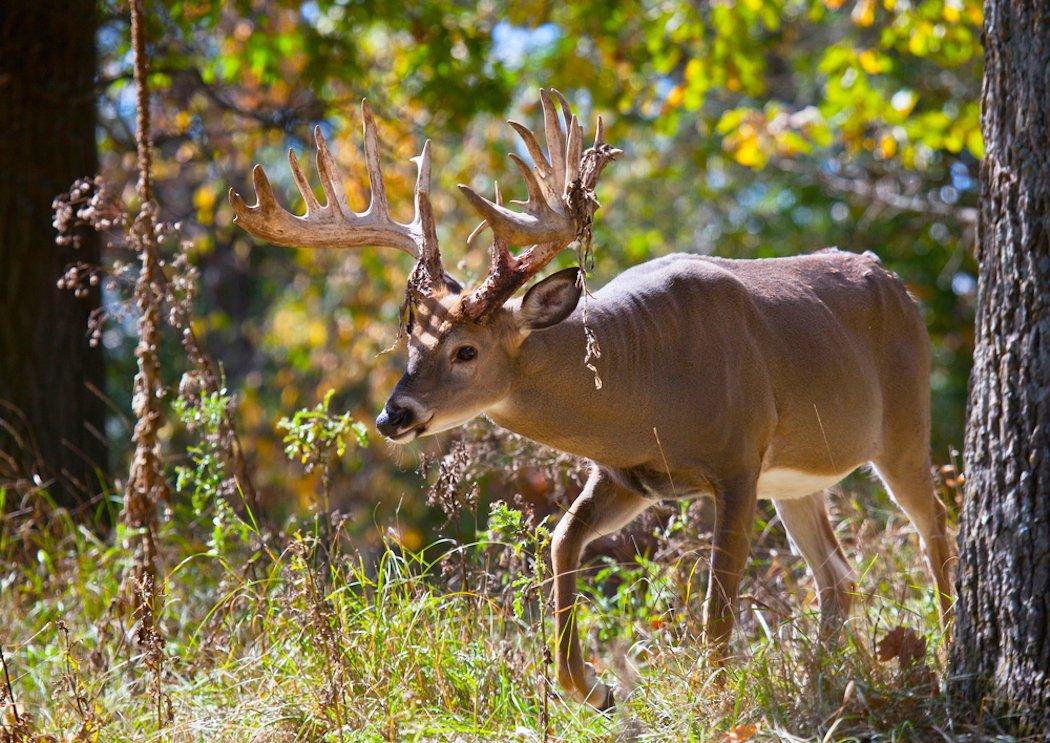
A lot of hunters believe that big bucks produce fawns that will also become big bucks. But there's no guarantee. Bucks and does each contribute approximately 50 percent of the genetic makeup of a fawn, and antler characteristics can be influenced by either one.
Beyond that, the doe will raise the fawn. She'll nurse, nourish, and raise it up to maturity. If for some reason that fawn has a hard life (late-born, the doe lacks milk production, the mother places it in low-quality cover, etc.), it's the doe's fault. The research shows fawns that have a hard life produce subpar antlers as yearlings and that outcome tends to carry over in the life of that buck each year afterward. Because of this the doe actually plays a greater role in antler production than the buck.
Image by Critterbiz / Shutterstock
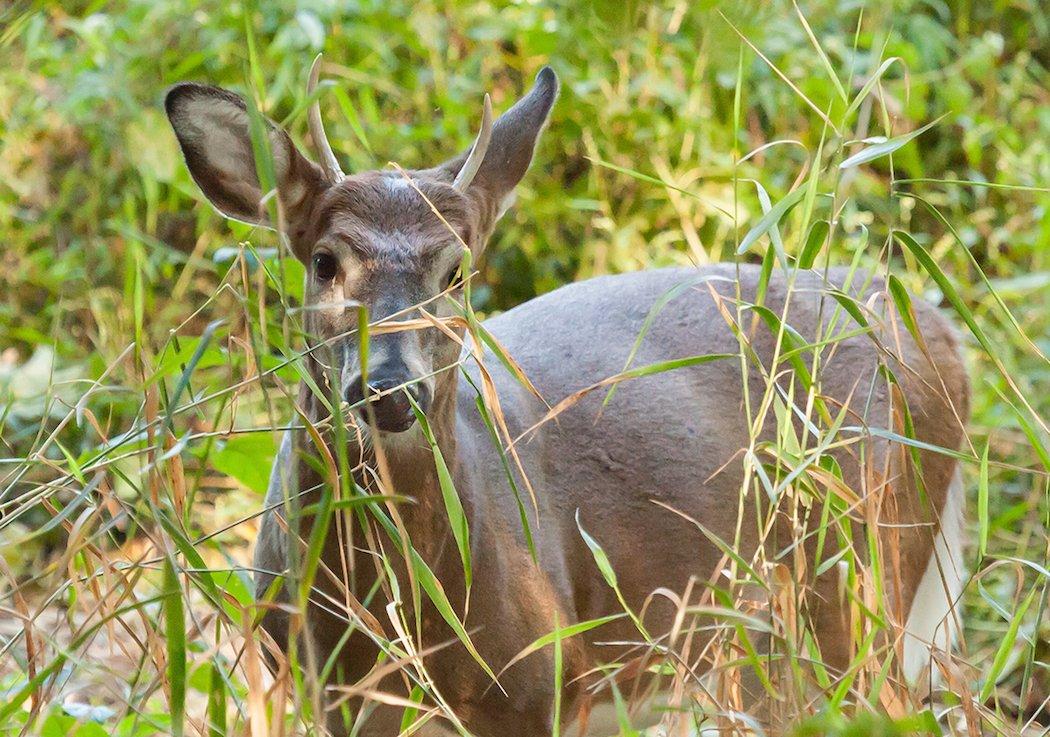
The old saying is that a spike will always be a spike is a non-truth. That's long been debunked. Studies have shown that spikes often develop very respectable racks in their prime. However, on average, they do tend to produce four to five fewer inches of antler each year than bucks that produced four or more points with their first set of antlers.
Image by Erin Cadigan / Shutterstock
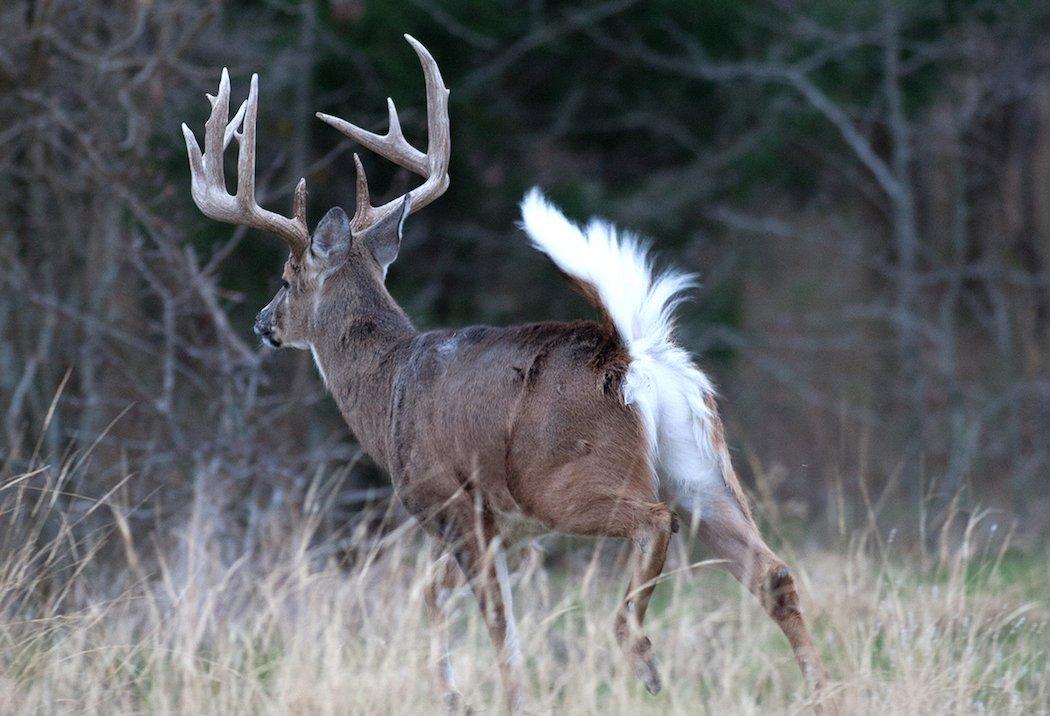
Numerous studies out there show that bucks don't leave when spooked. The research is showing that bucks are actually very loyal to their home ranges, and especially so to their core areas (the smaller 40- to 50-acre area within their home range).
Spooking deer does affect them, though. Bucks tend to move shorter distances from their bedding areas in daylight, confine themselves to smaller core areas, and do not venture far from bedding locations when hunting pressure is applied to an area. But they generally do not pack up shop and run cross-county to find a new home.
Image by Russell Graves
(Don't Miss: What Will Deer Hunting Be Like in 10 Years?)
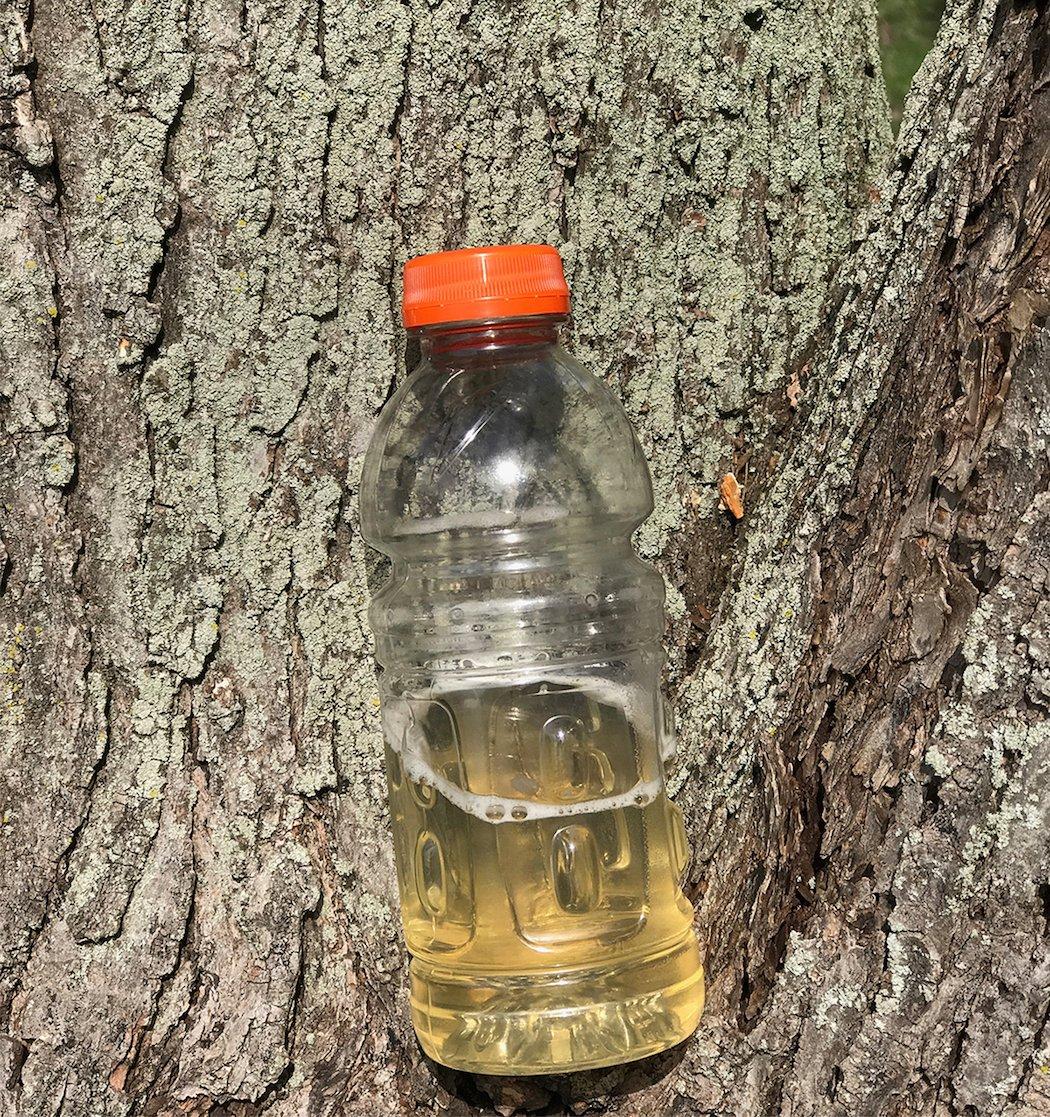
I myself believed this one until a few short years ago. I always either carried a plastic pee bottle or held my bladder. Then, one day, a disbelieving friend told me I was out of my mind to believe urine spooks deer. He then dared me to take a leak in an active deer scrape, put a camera over it, and watch what happened.
I couldn't back down from the dare, and took the challenge like a man. And wouldn't you know, buck activity (even among older age classes) actually increased within 24 hours (as compared to before the urination experiment).
I'll be danged ...
Image by Bill Konway
Don't Miss: Serious Sleeper States with Big Whitetails
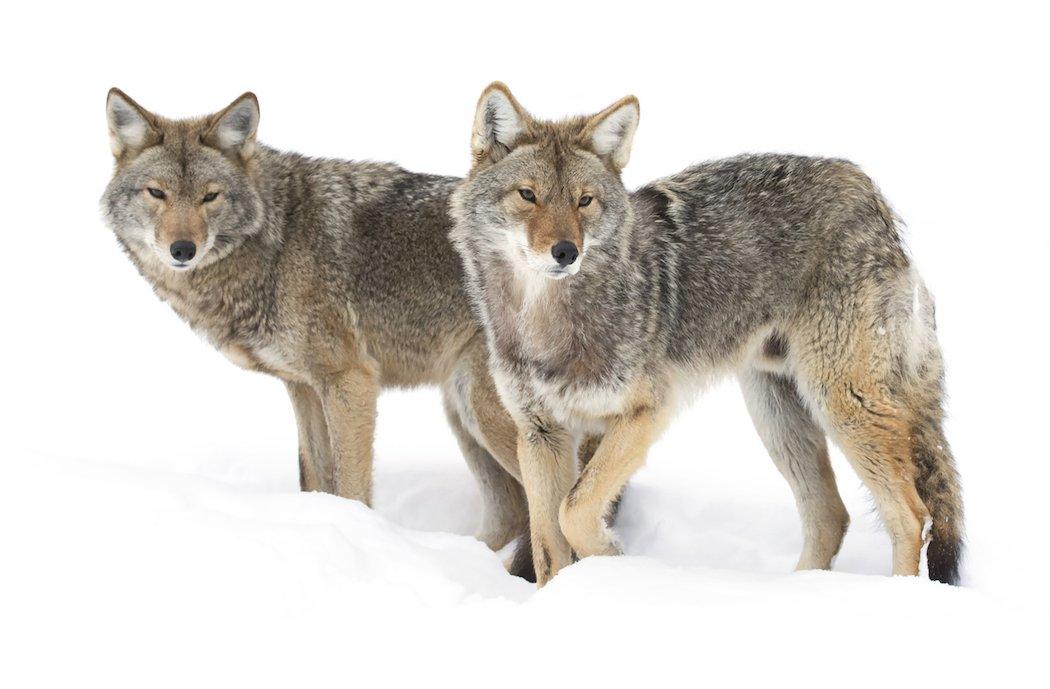
We're currently in a war with coyotes. Studies on the Savannah River Site in South Carolina have shown that fawn recruitment rates (as high as 1.2 to 1.3 fawns per doe), have declined to around 0.2 to 0.3 fawns per doe. (This change correlates almost perfectly with the increase of coyote populations.) And of that number, 60 to 65% of that fawn mortality was caused by coyotes.
(Don't Miss: 10 Coyote Trapping Mistakes Beginners Make)
In other words, in parts of South Carolina (and many other states), it's taking five adult does to keep one fawn alive to see its first fall. These numbers range from 0.2 to 0.6 for many states in the eastern half of the country. It's the worst in areas without an abundance of quality early successional habitat.
Image by Jim Cumming / Shutterstock
(Killer Buy Alert: Realtree Logo Black Mesh Back Richardson Hat)
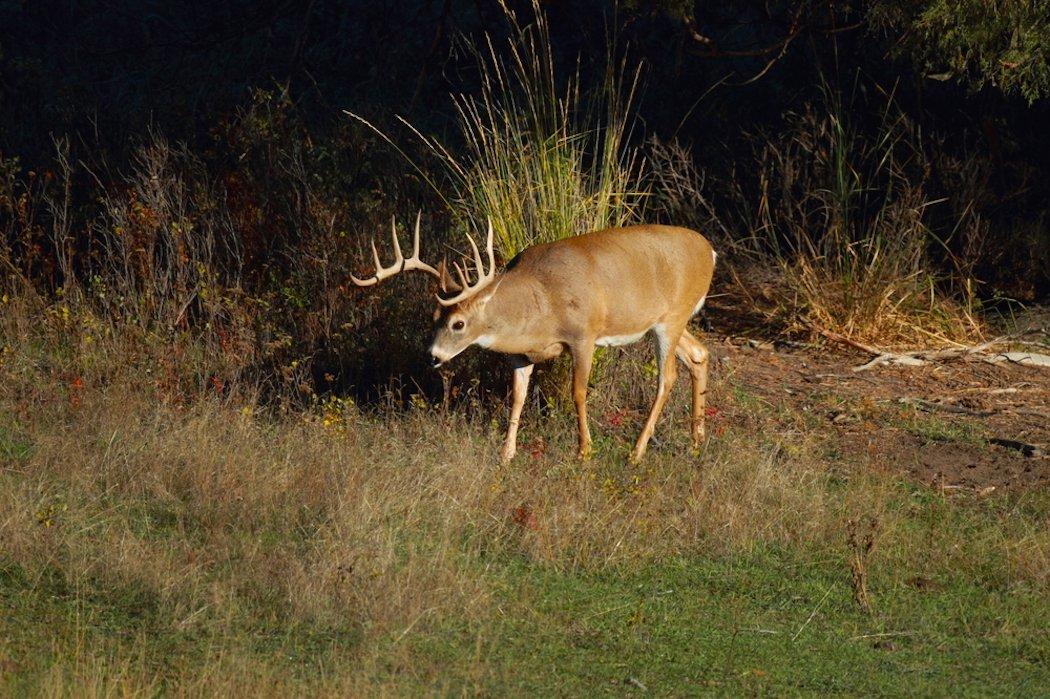
Study after study, even on pressured properties, has shown daytime and nighttime deer activity gradually increase from September to November. It doesn't stop in October.
The biggest reason hunters believe in the October lull is because deer transition from summer to fall ranges between mid-September and early October. They transition from summer food sources to fall food sources, too.
Another factor is pressure. Deer have reacted to hunting pressure by the time October rolls around. They don't always go nocturnal. They begin using nearby areas ‚ it can be a few hundred yards or a mile down the road ‚ where less hunting pressure is present. Or, they'll start making detours around pressured areas. But they keep moving.
Unfortunately, deer are going through a lot of changes at this time and most hunters don't change their stand locations to follow them. They keep hunting in locations they were seeing deer before and ignore where deer have moved to. Hunters must constantly adapt.
Image by Steve Jamsa / Shutterstock
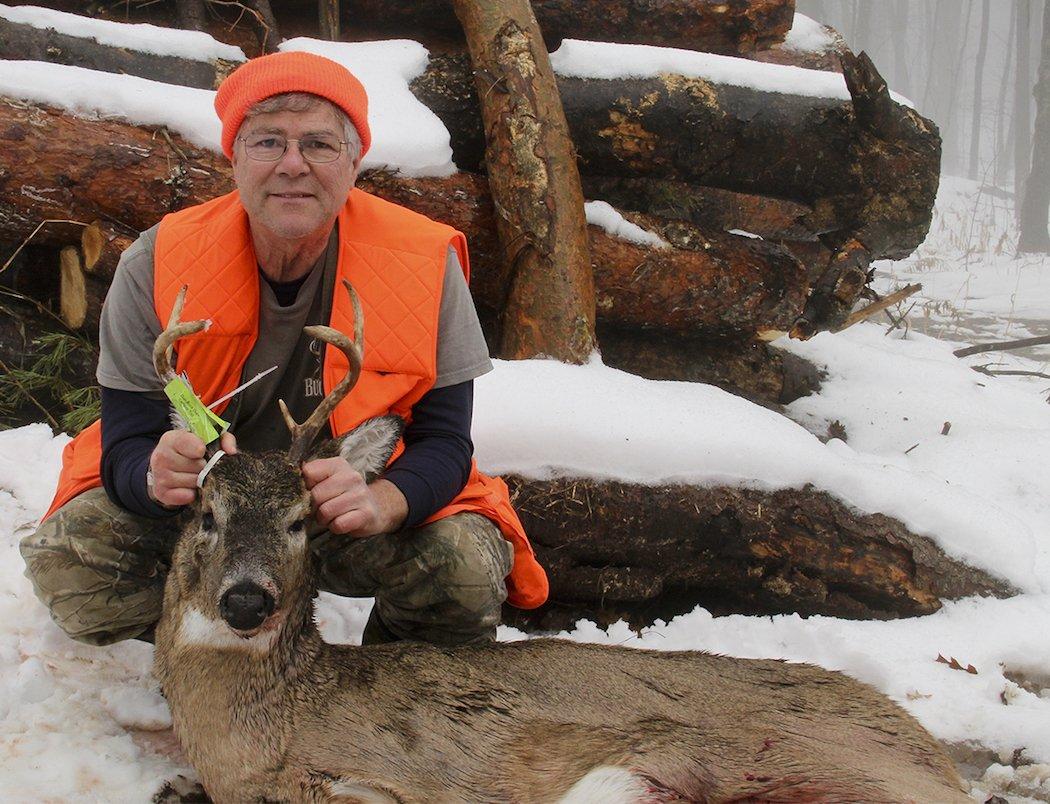
The majority of antler deformities are injury-related, not genetic. Injuries to the pedicle and velvet antlers during the growing phase and bodily injuries (these show up the following and subsequent years) will often result in deformities in the antler. Killing a deer with such a deformity does nothing to improve overall antler production in the herd.
Another reason occasional culling is ineffective is because both the buck and doe contribute to the genetic makeup of a buck's antlers. Therefore, it is virtually impossible to influence antler production in wild whitetails by culling inferior bucks.
Lastly, recent studies show that many bucks (on average) only sire one to three fawns in a year. Other bucks do well to sire that many fawns in a lifetime. So taking out that one deer ‚ if it has genetically-undesirable antlers ‚ will have very little effect on the overall gene pool. Other studies produced results that showed no change between two adjacent farms where one operated under a cull policy and the other didn't.
Culling is not an effective method of increasing overall antler production. The two factors that real-life hunters can influence are age and nutrition. Let deer get older. Give them more nutrients necessary for good health. See bigger bucks.
Image by DCW Creations / Shutterstock
(Don't Miss: When a LifeLine Saved a Life)
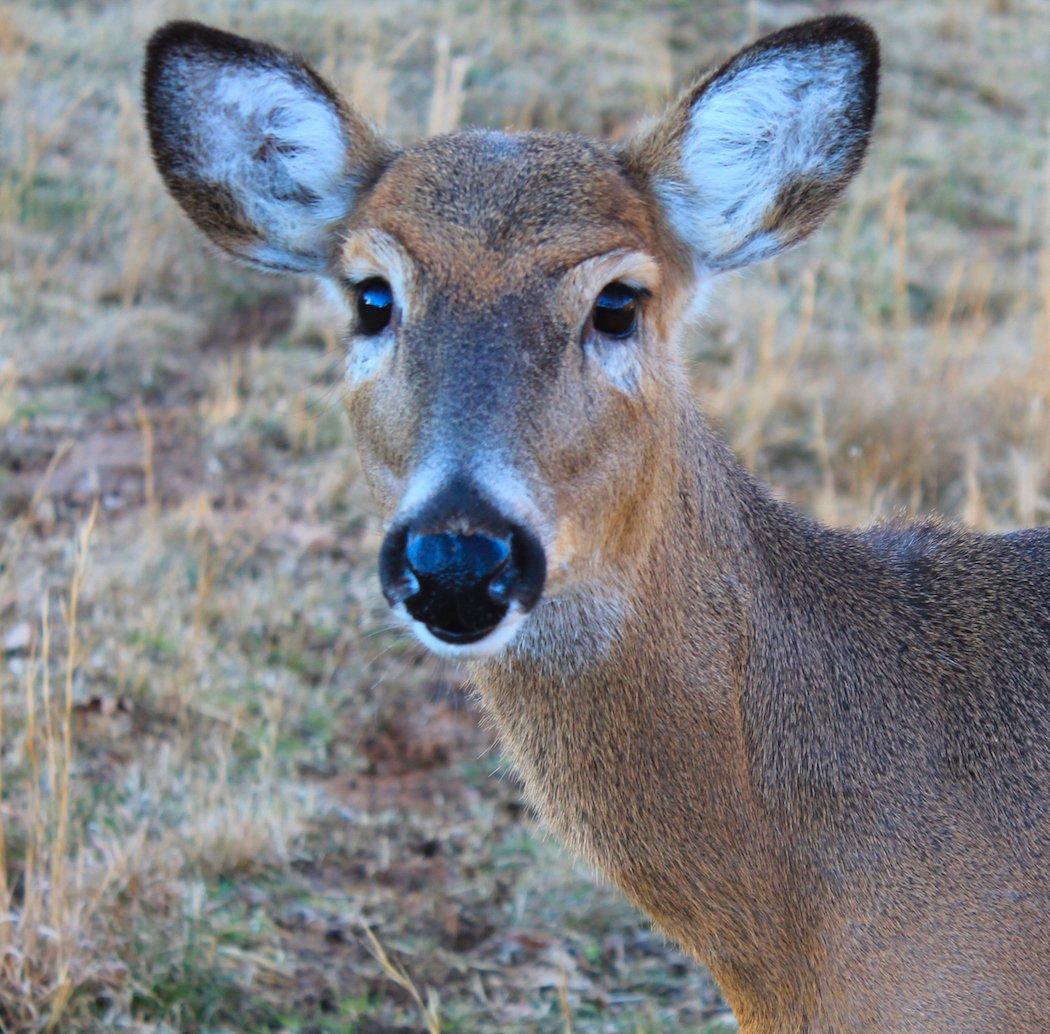
The tall tale that deer can't see color is yet another myth. They don't see in black and white per the popular theory. Deer see dichromatically. In other words, deer are red and green color blind. That said, they can see the color blue 20 times better than we can. So I'd advise against wearing your blue jeans to the stand.
This is also the reason that deer see best at dawn and dusk. During these times, it's a very bluish-grey hue outside. Deer benefit from that. And that's one of several reasons why deer move most during those two times of the day.
Image by Josh Honeycutt
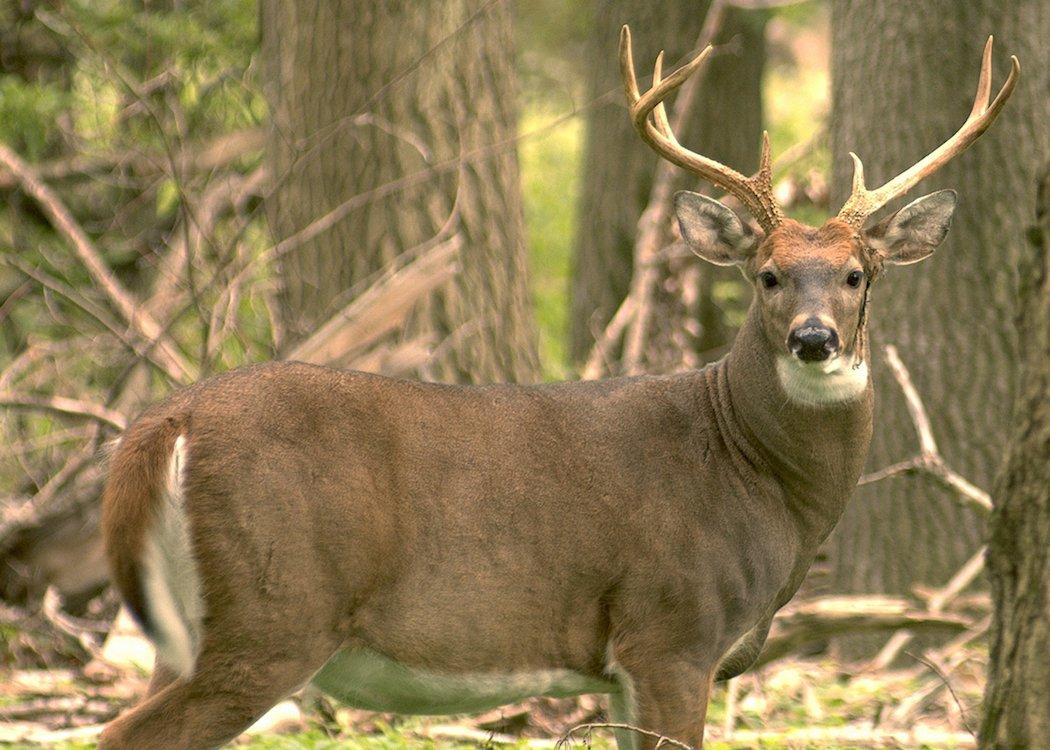
A buck with a wide spread is immediately recognizable, and one of the first things many hunters look for when field-judging a buck. But when it comes to total score, antler mass adds up much faster than antler spread. Each antler gets four circumference measurements. So a "wide buck" with a 20-inch inside spread gets 20 inches added to the score. But a heavy buck, say with 5-inch bases, might get 20 inches or more per antler, depending on how well the mass is carried to the end of the beam. The math doesn't lie.
Image by Bruce MacQueen / Shutterstock
(Killer Buy Alert: Men's Realtree Turkey Flag Short Sleeve Gray Shirt)
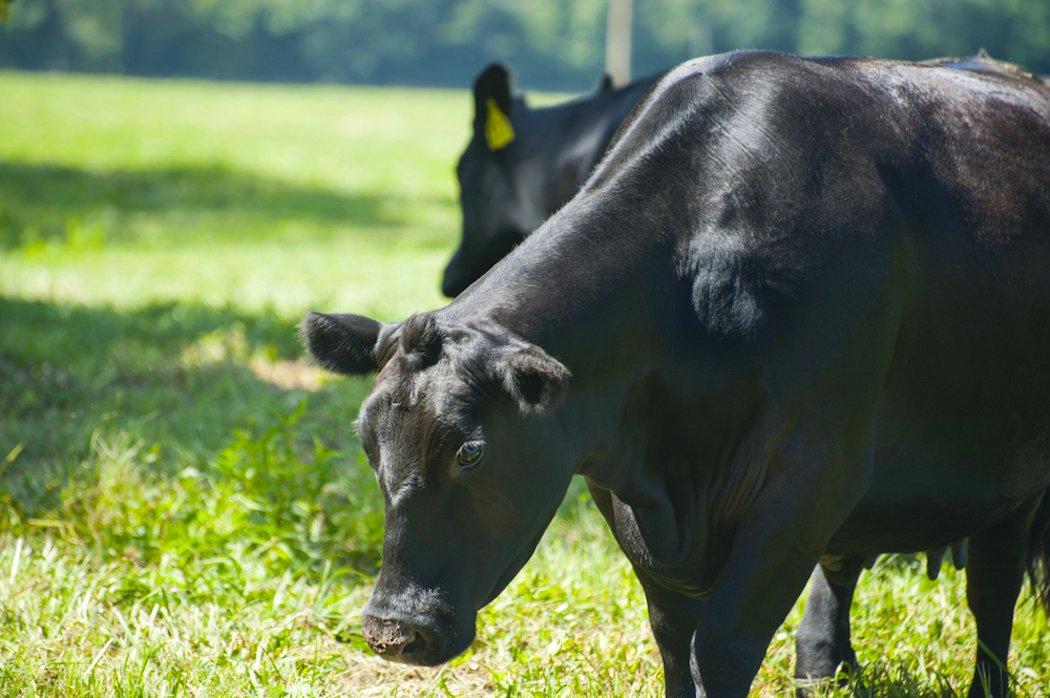
It's true, cattle and deer share a similar digestive system. However, there are too many other variables to consider to say deer are up feeding just because the cows are. Your Charolais bull (or angus cow if considering the photo above) being up on his feet, or bedded in the shade, isn't a good gauge of whether or not you should go hunting.
Image by Suzanne Wright / Shutterstock
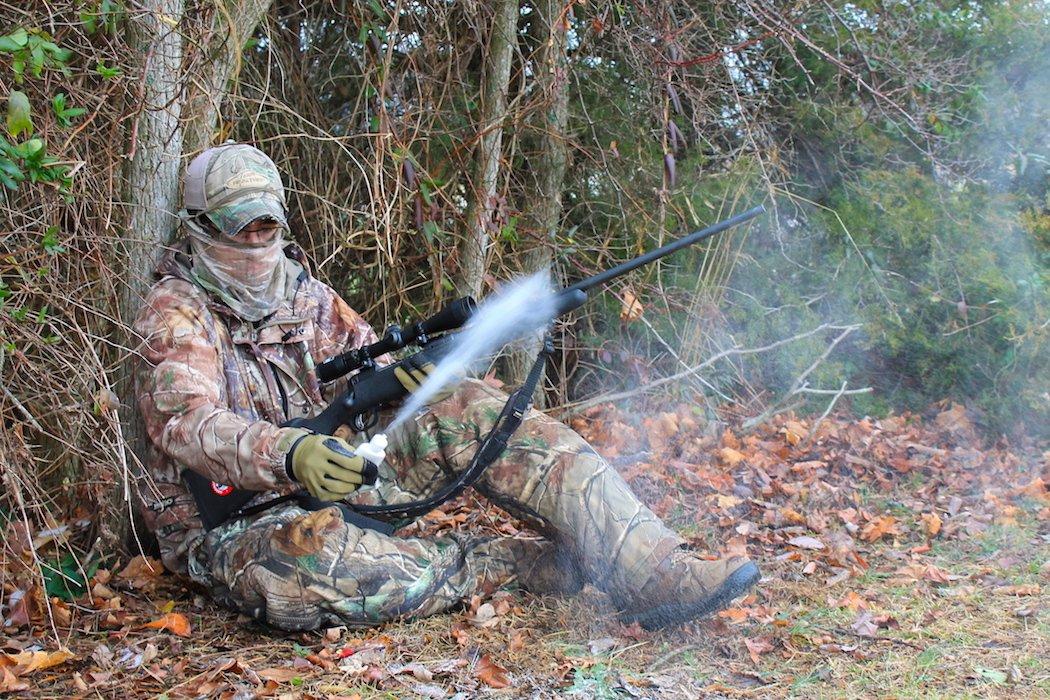
New (and old) studies alike show deer move just fine when the wind is whipping, and so to stay at home because it's windy is a cop-out excuse. If that was true, there'd be about three good days of hunting per year in the wind-swept Great Plains, but you don't hear many complaints about the deer hunting in Kansas and Nebraska.
Image by Chantal Honeycutt
(Don't Miss: 7 Serious Field-Dressing Mistakes)
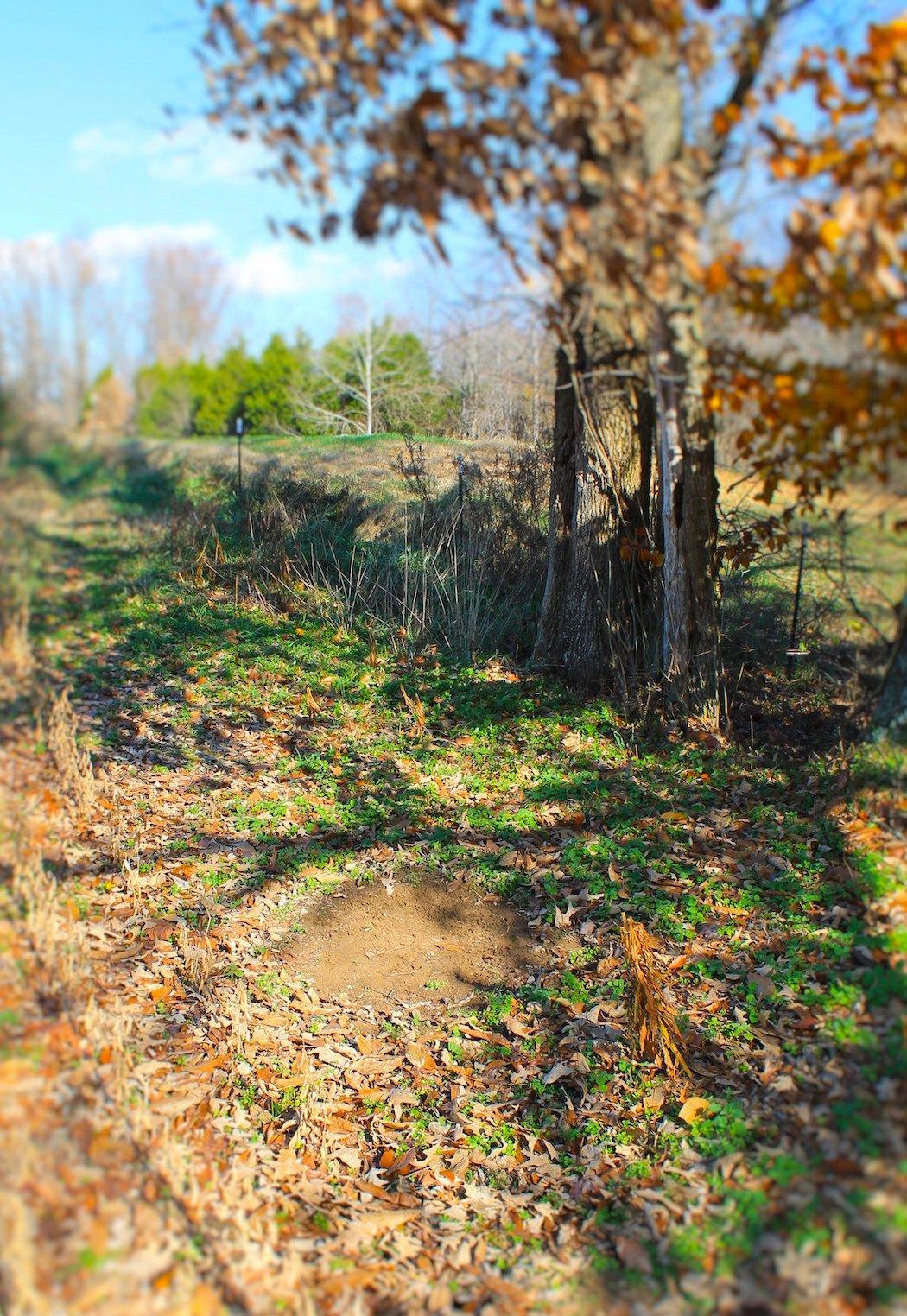
The majority of scraping activity is done under the cover of darkness. Studies show only 10 to 15% is completed during daylight hours. The odds of catching a mature buck (or any deer) tending a scrape during daylight are minimal at best.
Image by Josh Honeycutt
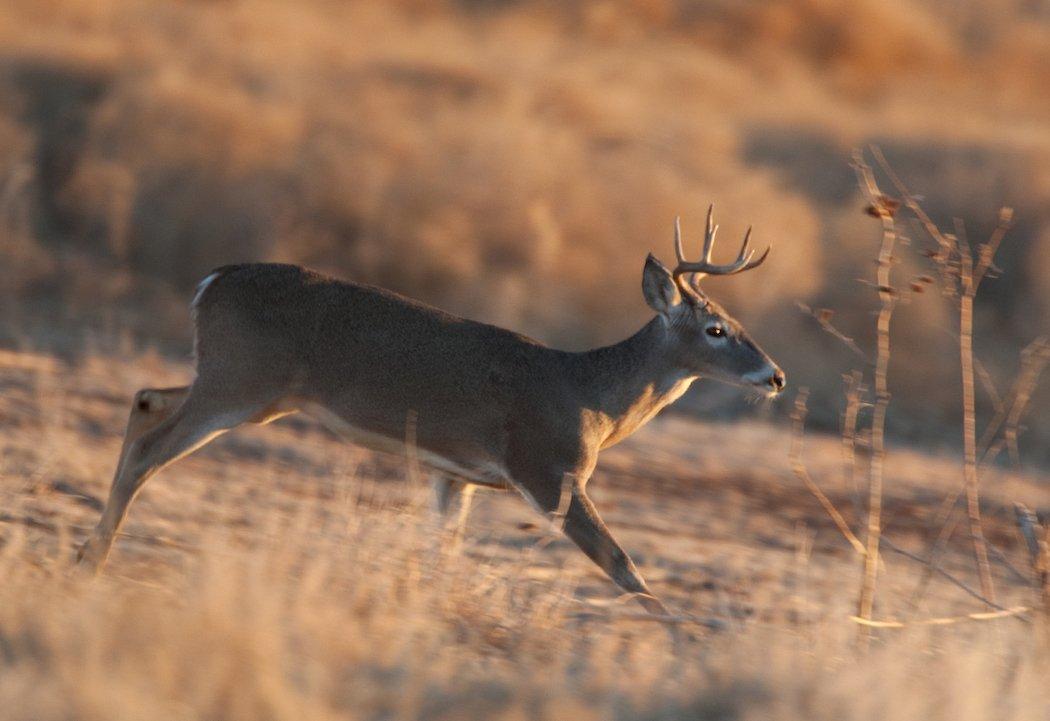
This is potentially my favorite myth on this list. It's the old saying that all wounded deer run downhill and toward water. While it might be true that deer sometimes do this, to say that it's fool-proof is doing hunters an injustice.
I can think of countless deer that I've killed and those of other's that I've helped track that didn't go downhill or toward water. In fact, the Kentucky buck I killed a few seasons ago started out going downhill, only to turn and climb a steep incline and fall dead at the top of it in a clearing. Mortally wounded deer don't follow rules.
Image by Russell Graves
(Don't Miss: Prep Now For Your Best Deer Season Yet!)

